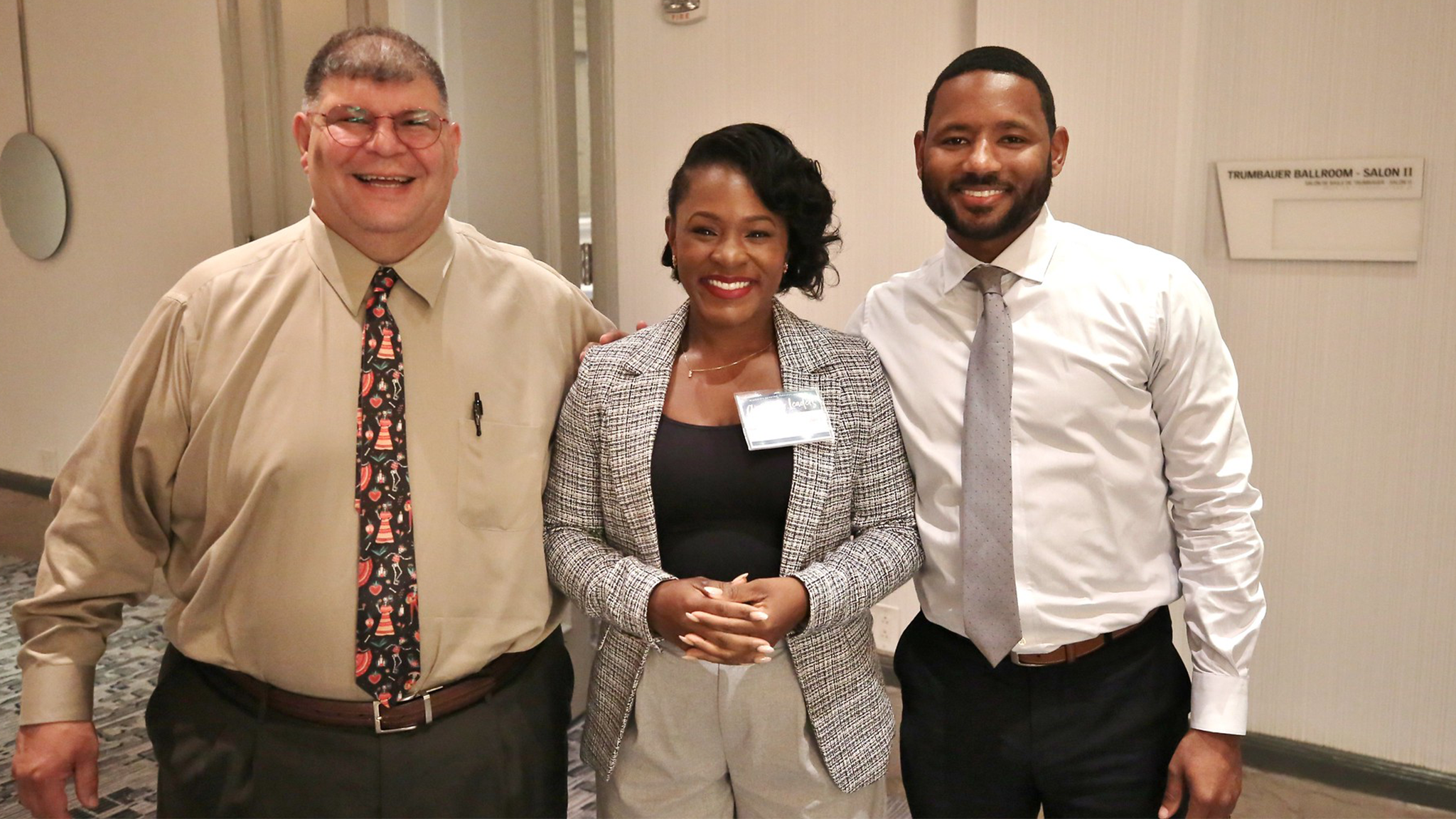A Brief History of MSIs
A History of Minority Serving Institutions
Published April 2014 by the Center for Minority Serving Institutions.
Minority Serving Institutions (MSIs) emerged in response to a history of inequity and lack of minority people’s access to majority institutions. Now an integral part of American higher education, MSIs — specifically, Historically Black Colleges and Universities (HBCUs), Tribal Colleges and Universities (TCUs), Hispanic Serving Institutions (HSIs), and Asian American, Native American and Pacific Islander Serving Institutions (AANAPISIs) — have carved out a unique niche in the nation, serving the needs of low-income, underrepresented students of color.
These institutions boast diverse faculties and staffs, provide environments that significantly enhance student learning and cultivate leadership skills, offer same-race role models, provide programs of study that challenge students, address deficiencies resulting from poor preparation in primary and secondary school, and prepare students to succeed in the workforce and in graduate and professional education.
Because MSIs enroll a substantial share of minority students, many of whom might not otherwise attend college, the continuous development and success of these institutions is critical for realizing our nation’s higher education and workforce goals and for the benefit of American society. MSIs play vital roles for the nation’s economy by elevating the workforce prospects of disadvantaged populations and contributing to reducing the under-representation of minorities and disadvantaged people in graduate and professional schools and the careers that require post-baccalaureate education and training.
In 2012, Minority Serving Institutions, as defined above, enrolled approximately 3.6 million undergraduate students per year—20 percent of all undergraduate students enrolled in higher education—and no less significant, a disproportionate percentage of students of color. While HBCUs represent just 3 percent of all colleges and universities, they enroll 11 percent of African American students. TCUs represent less than 1 percent of higher education institutions yet enroll 9 percent of Native American students. HSIs represent only 4 percent of postsecondary institutions but enroll 50 percent of all Latino students. AANAPISIs represent less than 1 percent of all colleges and universities, yet enroll 20 percent of all Asian Americans and Pacific Islanders.
MSIs also serve a disproportionately large number of low-income students: 98 percent of African Americans and Native Americans who attend HBCUs or TCUs qualify for federal need-based aid. Moreover, over one-half of all students enrolled at MSIs receive Pell Grants, compared with only 31 percent of all college students. These high rates of Pell Grant eligibility exist even though tuition rates at MSIs are, on average, 50 percent less than that of majority institutions.
Students at MSIs are also more likely than those attending Predominantly White Institutions (PWIs) to have lower levels of academic preparation for college and are more apt to come from high-stress and high-poverty communities. And not surprisingly, almost one-half of all MSI students are the first in their families to attend college, compared to only 35 percent of students attending PWIs. Put simply, for many students MSIs are the gateway to higher education.

